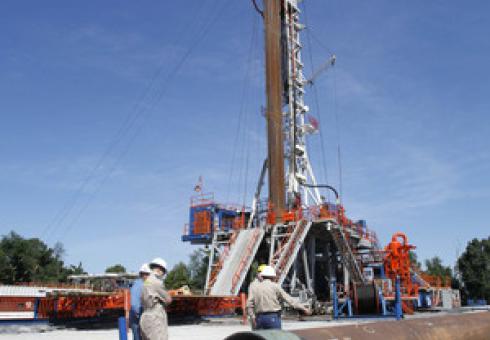National Journal || Ben Geman writes about MIT Joint Program researchers' recent analysis of what the world can expect from upcoming climate policy negotiations.
Ben Geman
National Journal
Don't expect too much from the global climate-change accord that's expected to emerge from high-stakes international talks in Paris next year.
A new MIT study concludes that even if negotiators reach a deal at the United Nations conference, it probably won't be enough to limit global temperature increases to 2 degrees Celsius above pre-industrial levels. That's the level many scientists say would help stave off some of the most dangerous and disruptive effects of climate change.
Here's the study's bottom line on what to expect from the so-called Conference of the Parties 21 in Paris: "Based on our expectations for the architecture of a COP-21 agreement, and our predictions about the national contributions likely to come forth under it, our analysis concludes that these international efforts will indeed bend the curve of global emissions. However, our results also show that these efforts will not put the globe on a path consistent with commonly stated long-term climate goals," states the paper by economics professor Henry Jacoby and Y-H Henry Chen, who both work with MIT's Joint Program on the Science and Policy of Global Change.
The 2°C ceiling has been highly optimistic for a while, as global greenhouse-gas emissions continue to soar.

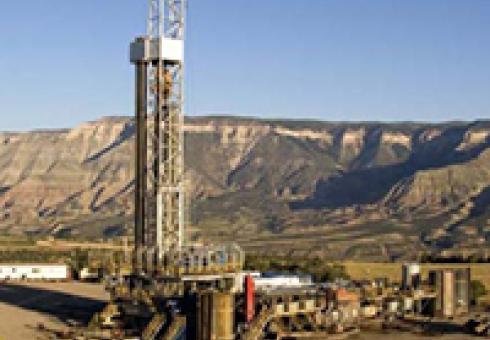
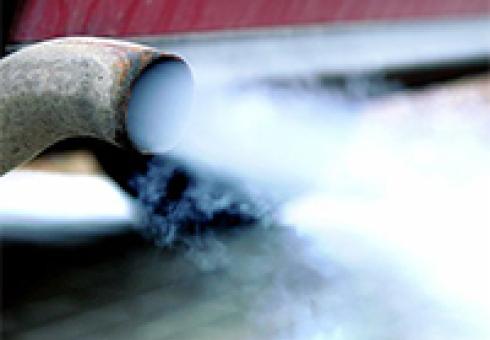
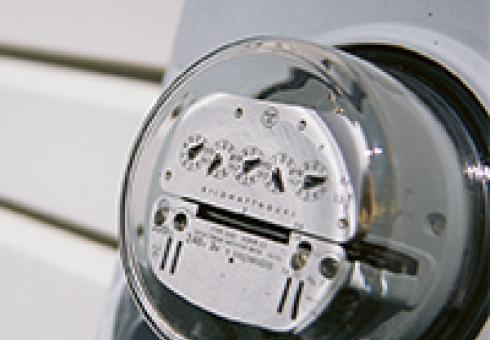

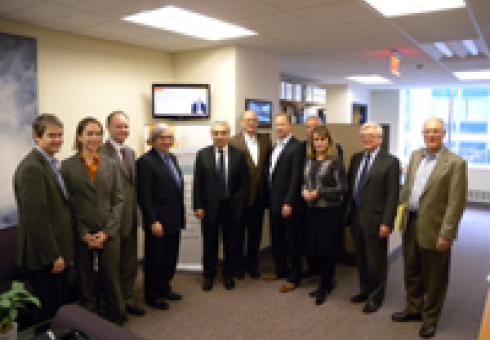
 Fatih Birol, chief economist of the International Energy Agency (IEA), visited MIT on Wednesday, November 28 to present this year’s World Energy Outlook. While on campus, Birol met with researchers at the Joint Program on Global Change to learn about the latest developments on climate change policy and MIT’s Emissions Predictions and Policy Analysis (EPPA) model. The model is used by MIT researchers to make their own world economic and emissions projections.
Fatih Birol, chief economist of the International Energy Agency (IEA), visited MIT on Wednesday, November 28 to present this year’s World Energy Outlook. While on campus, Birol met with researchers at the Joint Program on Global Change to learn about the latest developments on climate change policy and MIT’s Emissions Predictions and Policy Analysis (EPPA) model. The model is used by MIT researchers to make their own world economic and emissions projections.

